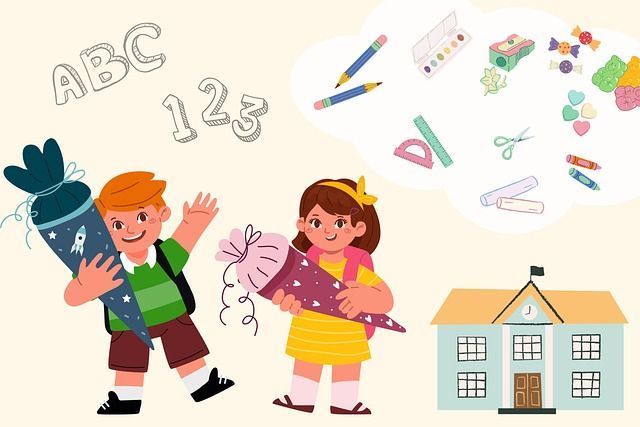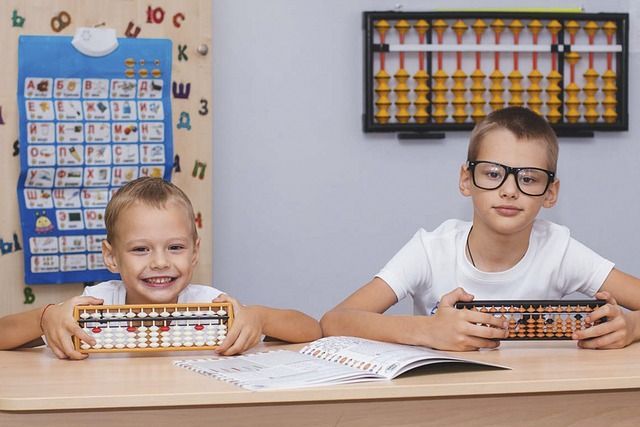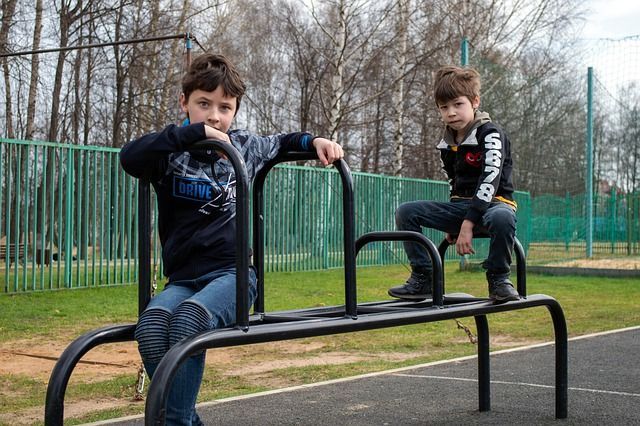How to Encourage Growth Mindset in Students
Kids can learn anything. They just don’t always believe it.
That’s where teachers come in.
Teachers do more than teach facts. They build belief. They shape how kids see themselves as learners. And in today’s world, kids don’t just need answers—they need resilience.
That’s where the growth mindset comes in.
If you’re an elementary teacher, and you want more confidence in students, keep reading. This article cuts through the buzzwords. You’ll get simple steps that work in real classrooms with real kids.
Let’s jump in.
What Is a Growth Mindset?
Put simply, a growth mindset means believing that you can get smarter with effort.
It means:
- Mistakes help you learn
- Your brain grows when you work hard
- Struggle isn’t failure—it’s part of the process
The opposite? A fixed mindset. That’s when kids think they “just aren’t good at math” or “will never be a reader.” They shut down before they even try.
And let me tell you—I see both every week. I perform in schools across the country. Some kids light up at a challenge. Others shrink. The difference? It’s not ability. It’s belief.
1. Praise the Process, Not the Person
“You’re so smart” sounds nice. But it actually trains kids to fear being not smart.
Instead, praise how they worked:
- “I saw how hard you stuck with that.”
- “You really used a great strategy there.”
- “You made a mistake—and learned from it. That’s growth.”
This shifts their focus from talent to effort. And that builds real, lasting confidence.
Want to go deeper into positive feedback?
👉
This article shows how praise builds confidence in students.
2. Share Your Struggles
Teachers seem like experts to kids. But they need to see your mistakes, too.
Talk about:
- A subject you found hard in school
- A time you failed but kept trying
- A skill you’re still working on today
This makes trying feel safe. It shows that effort is normal. And it sends one powerful message: Everyone is still learning.
3. Use “Yet” as a Teaching Tool
If a student says, “I can’t read this,” teach them to add one word: yet.
- “I can’t do fractions... yet.”
- “I don’t get this... yet.”
- “I’m not fast at reading... yet.”
It’s small. But it changes everything.
“Yet” leaves the door open. It tells the brain: this is hard now, but it won’t always be.
Make a bulletin board of “Yet” phrases. Practice saying them out loud as a class. Model it yourself when something goes wrong in your day.
4. Celebrate Mistakes
This one takes guts.
Most kids fear mistakes. But in a growth mindset classroom? Mistakes are gold.
Start a daily or weekly “Favorite Oops” moment. Pick a time when someone made a mistake—and learned something. Clap. Cheer. Celebrate.
This helps kids stop hiding their struggles. They begin to see errors as stepping stones.
5. Teach the Brain Like a Muscle
Kids love visuals. So show them what effort does.
Explain:
- Your brain grows when you try new things
- Mistakes spark connections in your brain
- Repeating skills builds brain “muscle memory”
Draw it. Act it out. Make posters. Show brain scans if your students are old enough.
When kids understand how learning works, they stop fearing it.
6. Use Growth Mindset Language Every Day
This one’s simple. But powerful.
Make these phrases part of your classroom:
- “Let’s try a new way.”
- “This is hard. That means your brain is working.”
- “You don’t have it yet—but you’re getting closer.”
- “Struggle is part of learning.”
You might feel silly at first. But over time, it becomes second nature. And guess what? Your students will start saying it back to you.
7. Reflect After Every Challenge
After a test, a group project, or even a bad day, ask reflection questions:
- What did you try that worked?
- What was hard?
- What might you try next time?
This trains students to pause, think, and improve. And it helps them connect effort with growth.
8. Use Stories and Role Models
Kids learn a ton from characters. Use books, movies, and real-life stories where people grow through failure.
Ask:
- What did they do when it got hard?
- Did they give up? Or keep going?
- What helped them grow?
One of my favorite things to do in my school assemblies is act out these moments. Kids remember stories more than lectures. Especially when they’re funny, loud, or a little over-the-top.
Want ideas on how stories boost student confidence?
👉
Check out this breakdown on how positive reinforcement really works.
9. Set Micro Goals
Big goals overwhelm kids. Small wins build momentum.
Try this:
- One more sentence than yesterday
- Two more minutes of focus
- One new word tried in writing
Each small win builds confidence in students. And those tiny wins? They snowball.
10. Never Stop Modeling Growth Yourself
If you’re reading this, you already care. That means you’re still learning, too.
Share what you’re working on—inside or outside the classroom. Show your students that growth never stops.
That’s how they start to believe it for themselves.
Final Thoughts
Helping kids build a growth mindset doesn’t take a special program. It takes small, daily choices. It takes noticing effort. Naming progress. Celebrating the hard stuff.
You don’t have to be perfect. You just have to be real.
If you want to build more confidence in students, and help them grow in every subject—not just the ones they’re “good” at—this is where to start.
I’ve seen it work in classrooms. I’ve seen it spark change in school assemblies. And I know you can do it, too.
Let’s raise a generation of kids who don’t run from hard things…
They run toward them.
Get Your Students Excited About Confidence
Want to give your school’s students a fun way to learn confidence-boosting ideas? My fun school assembly “Smile! It’s Magic” uses amazing magic, kid-friendly humor, and plety of interactive fun. Contact me today for more details.
SHARE POST



